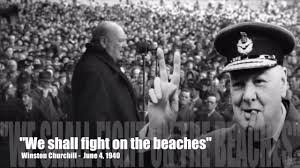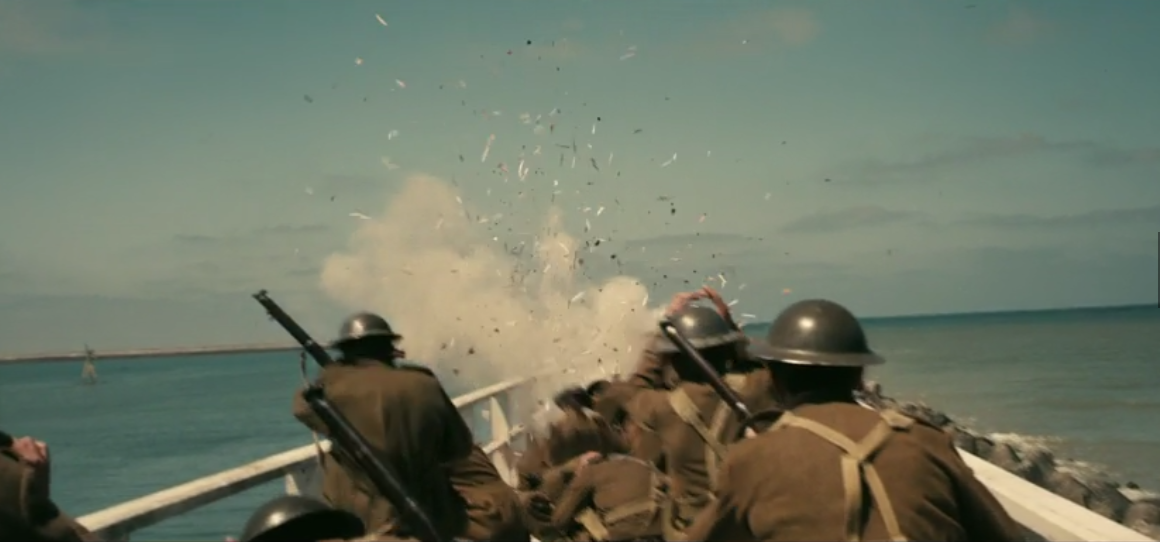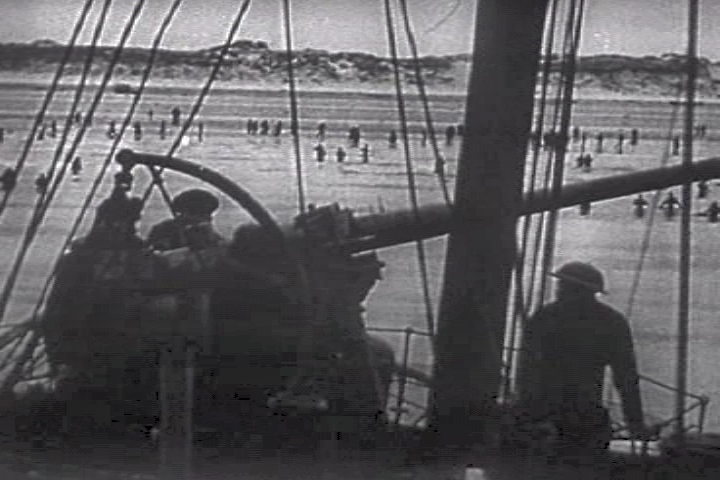Préparation oral bac anglais avec ce cours de soutien scolaire en ligne spécial terminale, notion of “Places and Forms of Power”, sur le film Dunkerque, Dunkirk in english.
 If you need an example to discuss the notion of “Places and Forms of Power” in your A-Level oral presentation, have a look at this article describing one of the most striking moments in the history of the United Kingdom and France: Dunkirk!
If you need an example to discuss the notion of “Places and Forms of Power” in your A-Level oral presentation, have a look at this article describing one of the most striking moments in the history of the United Kingdom and France: Dunkirk!
(Si tu as besoin d’un exemple pour argumenter sur la notion de “Lieux et Formes de Pouvoir” dans ta présentation orale pour le bac, jette un œil sur cet article qui décrit un des moments les plus poignants de l’histoire du Royaume-Uni et de la France !)
Churchill spoke about « a miracle » and about « the Dunkirk Spirit » but what did he mean? Survival IS Victory!
(Churchill parla de « miracle » et de « l’esprit de Dunkirk » mais que voulait-il dire ? La Survie, c’est la victoire!)
Allied soldiers from Belgium, the British Empire and France are surrounded by the German Army, and evacuated during a fierce battle in World War II. A total of 900 vessels (boats) were used to evacuate 338,226 men.
Watch here Dunkirk trailer
Churchill very rightly hailed it as a « miracle » and applauded the « Dunkirk spirit » for never giving up even when the tides were against them.
Chilling story that inspired Christopher Nolan: read the interview
Historical context of Dunkirk
- In 1940, the Allied forces had lost the Battle of France
- Second World War: the German army had invaded the Ardennes region of France and was marching north.
- They were looking unstoppable.
- The German troops managed to capture Calais, a port city in northern France, also the primary ferry crossing point between France and England.
- The powerful Panzer (armour in German) division of the German army also had a large division of soldiers from the allied forces trapped on the coast of the Franco-Belgian border.
- The battle was as good as over, and the allied military leaders had now started devising plans to get as many soldiers of the troops back to safety in England before being massacred by the Nazis.
The ‘miracle’ of Dunkirk
Hundreds of civilian ships helped the soldiers to escape
More than 300,000 troops were evacuated from Dunkirk and the surrounding beaches in May and June 1940. At the time the British Prime Minister Winston Churchill said it was « a miracle of deliverance ». Dunkirk writer David J. Knowles explains what happened.
- « A miracle » – is the best description of what happened at Dunkirk in May and June 1940.
- Hundreds of thousands of troops were rescued from the German advance in the nick of time.
- They were rescued from the harbour and beaches near to Dunkirk by a curious assembly of many different types of boats.
- Many of the little ships, such as motor yachts, fishing boats and all sorts of other crafts, were privately owned.
Operation Dynamo in figures: what do these figures correspond to? Fill in the grid using the list of facts below.
(Opération ‘Dynamo’ en chiffres: à quoi correspondent ces chiffres? Remplis la grille en utilisant la liste de faits ci-dessous)
- The evacuation began on May 27. Just 8,000 soldiers were rescued
- A restored Spitfire which crashed on a French beach during the Dynamo rescue mission is expected to fetch £ 2.5million.
- The RAF (Royal Air Force) fought hard to stop the bombs raining down on the men waiting on the beaches. They lost 145 aircrafts while the Luftwaffe lost 156.
- But over the next eight days a total of 338,226 Allied soldiers were successfully brought back across the English Channel while under attack on all sides.
- The smallest boat to take part was the Tamzine, a 14ft open-topped fishing boat, now in the Imperial War Museum.
- The Association of Dunkirk Little Ships marked the 75th anniversary of the evacuation by organising a Channel crossing to Dunkirk involving 50 of the original craft that took part including the oldest, an 1892 sailing barge called Greta.
- A paddle steamer called the Medway Queen made a total of seven round trips to Dunkirk and managed to rescue 7,000 men in total.
- More than 200 ships and boats were lost during the evacuation with many tragedies. On May 29 the destroyer Wakeful was torpedoed and sank in 15 seconds with the loss of 600 lives.
- It is estimated that around 3,500 British were killed at sea or on the beaches and more than 1,000 Dunkirk citizens in air raids.
- Then there was Captain Marcus Ervine-Andrews, who was awarded the VC (Victoria Cross) after he single-handedly held off 17 Germans defending part of the Dunkirk perimeter and then led eight of his men to safety, wading through the canals in chin-high water.
- As well as British forces a total of 140,000 French, Polish and Belgian troops were also saved.
- The total number of vessels involved, including Royal Navy ships and civilian craft, was 933.
| a. 338,226 | 1. Number of soldiers rescued on the 27th May 1940 |
| b. 14 feet | 2. the time it took for a ship to sink |
| c. 933 | 3. the length of the smallest boat which took part in the Dynamo rescue mission |
| d. 8000 | 4. the number of men saved by one single boat |
| e. 140 000 | 5. the number of Allied soldiers who were taken to England safely. |
| f. 156 | 6. the number of soldiers rescued apart from the British |
| g. 15 seconds | 7. the price of a First World War plane |
| h. £ 2.5million | 8. the number of soldiers who died on the destroyer Wakeful (boat/ ship) |
| i. 145 | 9. the year the oldest sailing barge taking part was made |
| j. 600 | 10. the number of British planes lost |
| k. More than 200 | 11. the number of German planes lost |
| l. 3500 | 12. the number of British killed at sea or on the beaches |
| m. 1000 | 13. the total number of boats taking part in the rescue |
| n. 1892 | 14. the number of boats that disappeared |
| o. 17 | 15. the number of Dunkirk inhabitants who were killed in air raids |
| p. 7000 | 16. the number of Germans Captain Marcus Ervine-Andrews fought to take 8 of his men to safety. |
Dunkirk evacuation: the Dunkirk spirit
Watch this cartoon summarising this famous historic episode here
(Regarde ce dessin animé résumant ce célèbre épisode historique ici)
English quiz corrections:a 5/ b 3/c 13/ d 1/ e 6/ f 11/ g 2/ h 7/ i 10/ j 8/ k 14/ l 12/ m 15 / n 9/o 16 / p 4 |








Répondre
Want to join the discussion?Feel free to contribute!